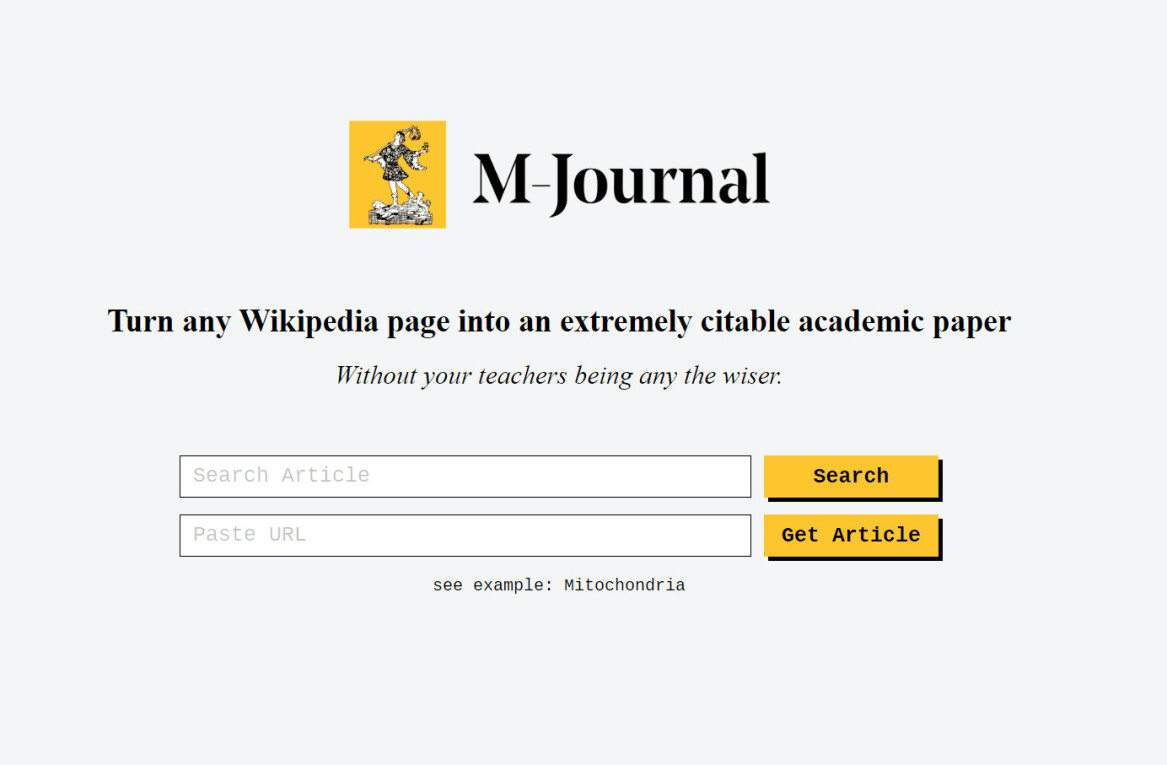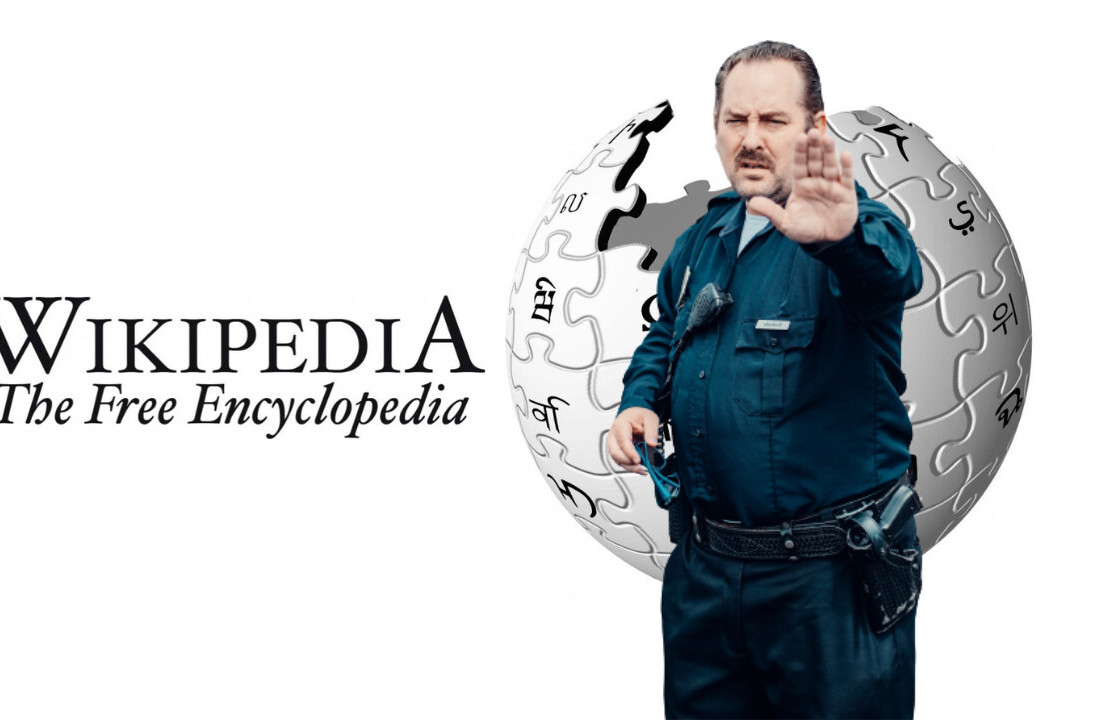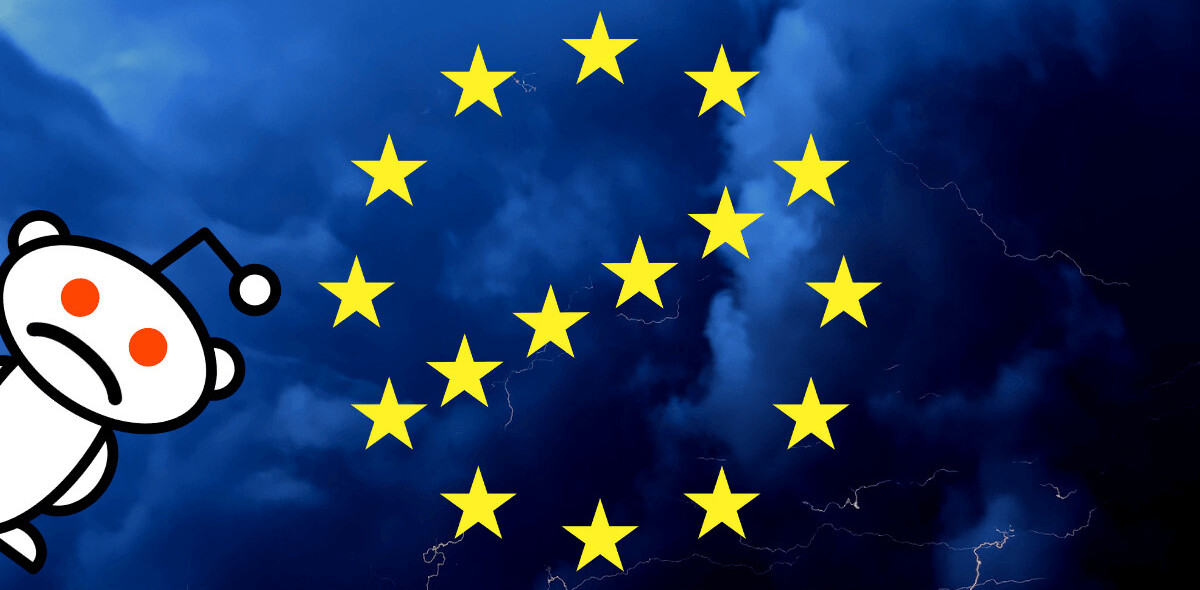
With social media now coming to the fore over traditional media channels, it’s fair to say that a few organizations are sitting up and taking notice.
Voice of America in particular has been hard at work providing a series of crowdmaps featuring videos, images and reports emerging from regions with political unrest. The project, dubbed Behind the Wall, has produced three maps so far, one for Syria, Bahrain and Yemen.
What is crowdmapping?
If you’re wondering how this differs from Twitter or Facebook, there are several factors that set VOA’s service apart from regular social networking sites. All of the user-generated content is plotted out on a map, so you know the exact location of any given incident. All the information is verified, either by nonprofits or a network of local citizens. And crowdmapping is more than just a tool for reporting. It is also used to document and preserve facts for posterity.
One of the main problems that social networking faces when it comes to reporting real-time news is the ease with which the rumor-mill kicks into overdrive. It’s very easy for people sitting at home, on their computers, to throw out a few rumors into the twitterverse and, before you know it, it’s being retweeted and accepted as the truth.
That’s not to say that crowdmapping doesn’t face it’s own unique set of problems. Most people are already on Twitter or Facebook, and will probably be reluctant to jump onto yet another service to get their news out there. And that’s without taking into account the much discussed Internet penetration in the region, or lack thereof.
Only a small percentage of protesters would be able to take advantage of the tools that crowdmapping provides, but that may be all that is needed to get the information online.
How else can it be used?
Crowdmapping is also being used in other ways in the Middle East, as has been seen in Egypt with HarassMap, documenting cases of sexual harassment throughout the country. And in Syria, Syria Tracker has proved to be a useful tool in documenting deaths and missing persons, amongst other things.

Voice of America’s crowdmaps take things one step further. It’s all well and good to have that information available online, but more often than not it can be forgotten. By combining mainstream media with citizen journalism, there is an abundance of information that can be shared with the rest of the world.
VOA encourages Syrians, Bahrainis and Yemenis to submit their first hand reports to YouTube, and share them via email or with a specific hashtag on Twitter. They will then share those reports on Facebook and on their international broadcasts and websites.
But there have been unsuccessful attempts at crowdmapping in the Middle East. An attempt to crowdmap the popular uprising in Egypt came to an abrupt end when the Internet was cut off in the country, and even once it had returned, the crowdmap was apparently long forgotten.
That alone highlights a fatal flaw in the practice. If the very government that you are trying to expose simply takes you off the grid, there is very little you can do to fight back and all the online media and social networks in the world won’t change that.
The potential of crowdmapping
But as long as the service is available, crowdmapping is another interesting tool at the disposal of citizen journalists, non-profits and concerned residents. Like social networking, the service will be pretty much whatever you want it to be, and is malleable enough to adapt itself to different situations.
It is the ideal tool to amass all kinds of information, whether it’s information based on the efforts of citizen journalists in the midst of the Arab spring, or even a much tamer effort to document, for example, experiences of tourists in various hotels, resorts and more.
If crowdmapping catches on, it has the potential to become a sort of geographical version of Wikipedia, crammed with location-based facts and figures, becoming a reference point not only for what we are seeing in the Middle East today, but for any kind of crowdsourced information you can think of.
Get the TNW newsletter
Get the most important tech news in your inbox each week.




